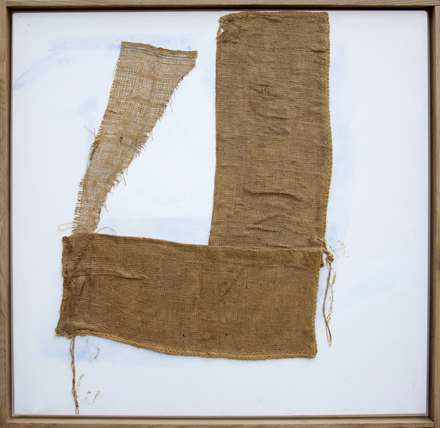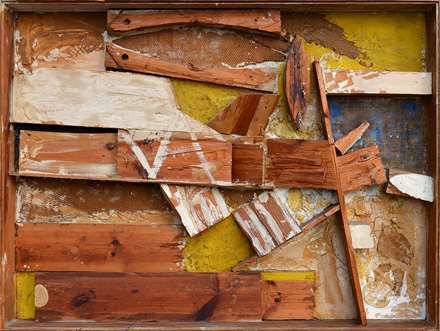DESCRIPTION
Place 3 is arguable the best painting from a group of large sale works made specifically for the now legendary exhibition of the same name which was held at the ICA in the autumn of 1959. It marked a distinct turning point in British Art, which was to herald the development of a new approach to painting as the sixties beckoned – culminating in the ‘Situation’ exhibition in 1960. This work went on to be exhibited at the subsequent 1962 touring ‘Situation’ exhibition and the Robyn Denny retrospective held at the Tate Gallery in 1973.
LITERATURE
David Thompson, Robyn Denny, Penguin Books, London, 1971, p.63
Robert Kudielka, Robyn Denny, The Tate Gallery 1973, exh.cat., p.66
Margaret Garlake, Robyn Denny, Early Works 1955 - 1977, London 2008, illustrated, p.47
EXHIBITION
London, ‘Place’, Institute of Contemporary Arts, 1959
London, ‘Situation’. An exhibition of recent British Art, British Arts Council, 1963/3 (touring exhibition in England)
London, ‘Robyn Denny. Retrospective’, Tate Gallery 7th March – 23rd April 1973, no.20
Touring to: Stuttgart, Wurttengergischer Kunstverein; Leverkusen, Stadtisches Museum, Verona, Studio La Citta; Amsterdam, Galerie T
ARTIST'S BIOGRAPHY
Robyn Denny was born in 1930 in Abinger, Surrey, where his father was an Anglo-Irish clergyman. He was rebellious from an early age and perceived that his decision to become a painter would allow him to practice his waywardness professionally. After a brief stint in the Royal Navy (where said rebelliousness got him into detention), Denny attended St Martin’s School of Art (1951-54) and the Royal College (1954-57). Independent, constantly questioning and intensely urban, Denny immersed himself in contemporary city culture, making it the foundation of his work. After graduating from the RCA in 1957 he first showed with the pioneering Gallery One and then with Gimpel Fils. In 1960 he helped organize the first Situation Exhibition, an important landmark in British abstract art and a peer-group exhibition of large, resolute abstracts which took place at the RBA Galleries. In the mid-60’s, Denny’s paintings were often in muted blues, greys and browns, and with sharply abutted planes of colour crystallising into a geometrical figure that locks the gaze. These works, somewhat surprisingly, are in fact the product of a reaction to the British tradition of landscape painting. This style of painting, which dominated his 1973 Tate retrospective, began in the 50s, when he was a tachiste – a European variant of abstract expressionist where paint is variously thrown, moved about with a stick, shoved through stencils and set on fire by the self-styled "fully fledged abstract artist" – and developed from there. By 1964, Denny was with the ultra-modern Kasmin Gallery and enjoying considerable commercial success at home and abroad. He not only represented Britain at the 1966 Venice Biennale, and had the aforementioned Tate retrospective in 1973 (at the time, he was the youngest artist so to be honoured); he also held eight solo exhibitions in Europe alone in 1974. At the end of the 1970s his work had been acquired by almost every important art institution, including the Tate, which has more than 80 pieces, and the Museum of Modern Art, New York. During this period he was also teaching at several schools both in the UK and abroad. In the early 1980’s Denny lived in Los Angeles, but returned to London in 1986. He had his last solo show in 2001 and after that spent more and more time in his beloved house in France where he passed away in May 2014. Denny was a man of hilarious anecdotes, he was completely unshockable, enormously warm and empathetic, and an abiding support to his family and friends.
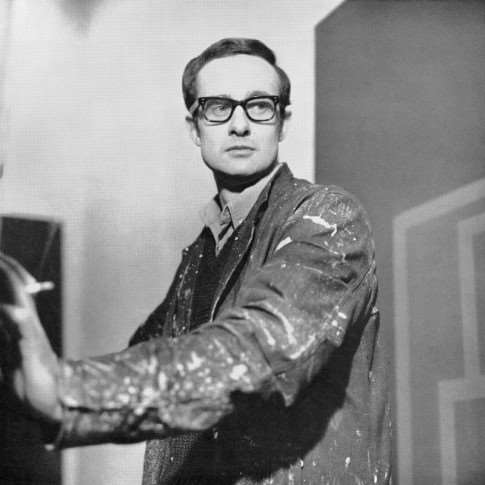
YOU MAY ALSO LIKE
Robyn Denny
Place 3, 1959


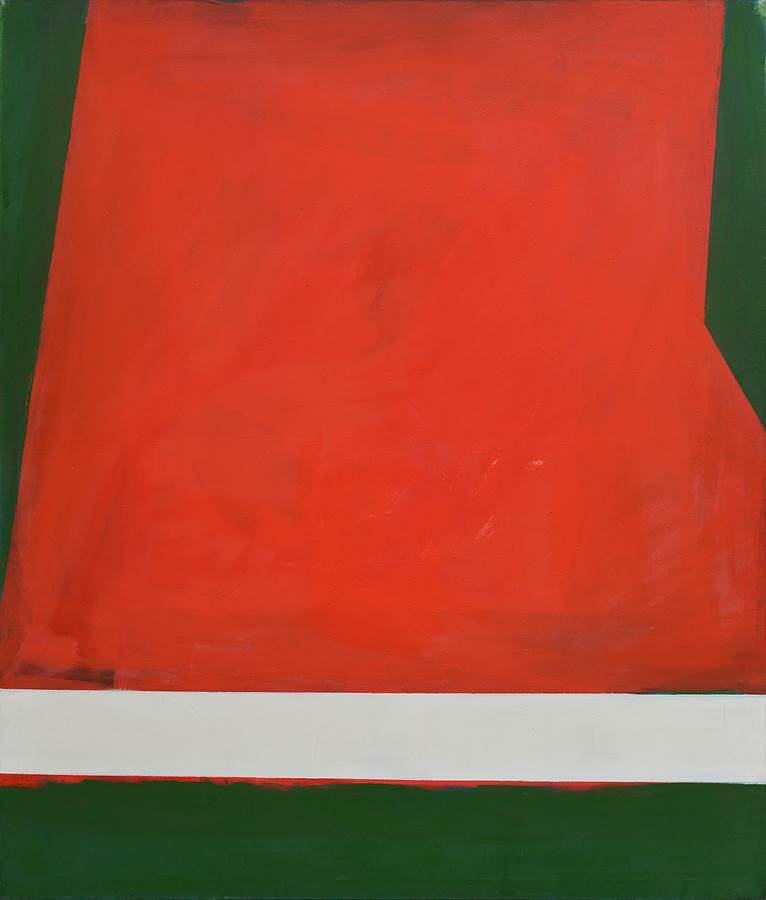
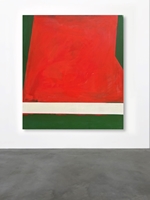

 PRINT
PRINT SHARE
SHARE